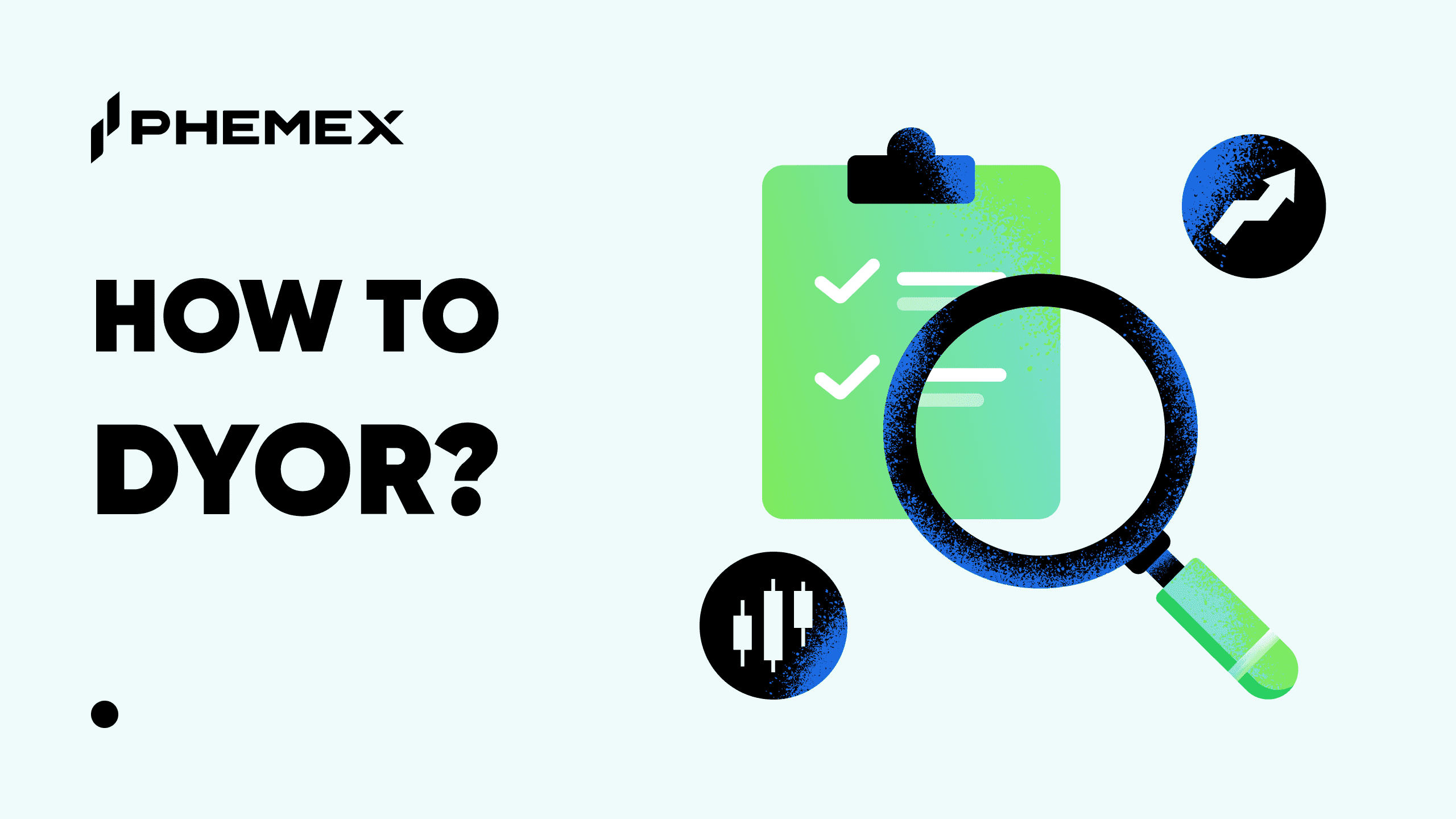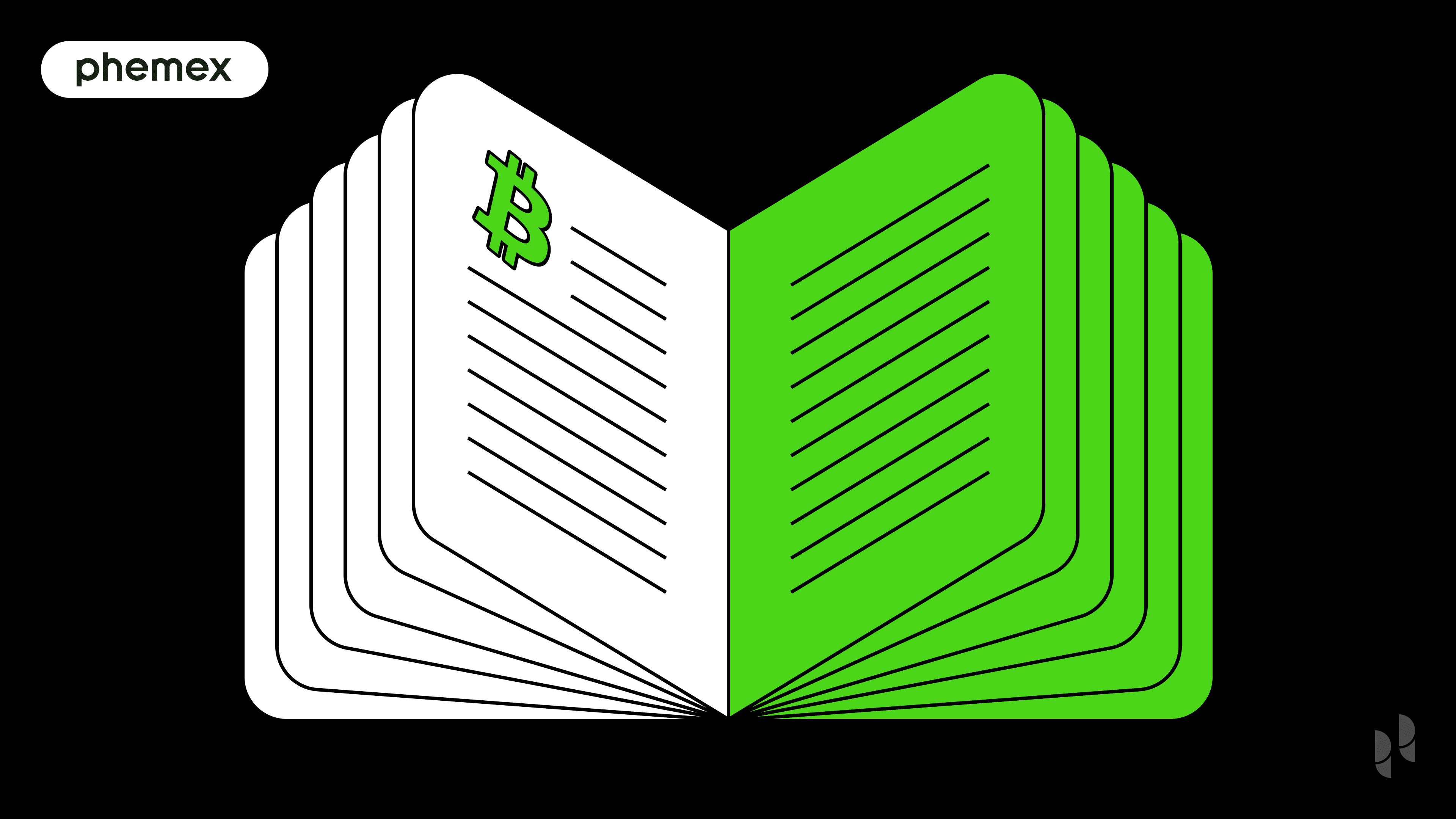What is token burning?
Token burning refers to the practice of permanently removing coins from a cryptocurrency's total supply. This is often accomplished by sending the coins or tokens to an address whose private keys are not known, effectively rendering these tokens inaccessible. By removing tokens from circulation, token burning results in a decrease in the total number of tokens available for use.
This process is undertaken by projects as a method to reduce the total supply of their tokens, thus creating a "deflationary" effect. The underlying aim of this strategy is typically to increase the value of the remaining tokens, as a reduced supply can lead to an appreciation in value, especially if demand remains constant or increases.
For example, in cases where the demand for a stablecoin rises, leading to a price increase above its intended peg to the dollar, the governing smart contract of the protocol might automatically issue new tokens to balance the price. Conversely, if the price falls, tokens might be burned to adjust the supply and stabilize the price.
The concept of token burning can be likened to the practice of share buybacks by corporations. In both scenarios, the objective is to return value; companies buy back shares, while crypto projects burn tokens to achieve a similar effect of enhancing value.
How does it work?
The token burning mechanism in cryptocurrencies is governed by specific rules and methods. The most common approach is to transfer tokens to a wallet address that is essentially non-functional, thereby effectively withdrawing them from active circulation. Technically, to initiate the burning of coins, they are sent to a wallet whose address is invalid or non-retrievable.
In cryptocurrency jargon, a coin is said to be "burned" when it is sent to a specialized wallet address that exists solely for the purpose of collecting and effectively removing coins from circulation. These specialized addresses are often referred to as "eater" or "burner" addresses in the crypto community.
What is Proof-of-Burn (PoB) Consensus?
Proof-of-Burn (PoB) is a consensus mechanism used by some cryptocurrencies. In this system, miners are required to send a portion of their coins to a specific burner address. Notably, this method demands minimal resources, mainly just the energy used for mining the coins before they are intentionally destroyed. PoB is designed to maintain the network's efficiency and dynamism, necessitating regular burning of coins by both miners and users.
Advocates of PoB consider it an effective means for transaction validation since it doesn't depend on substantial real-world resources. Often, PoB involves a cyclical process of generating new coins and burning a segment of the current supply.
The primary function of PoB is to prevent fraud by automating transaction verification. In a PoB system, miners must burn some of their coins to facilitate the creation of new blocks, which may seem counterproductive at first. However, these miners are compensated with new coins for successfully verifying transactions in a new block.
Intriguingly, some cryptocurrencies require the burning of one type of cryptocurrency to acquire new tokens on their network. For example, miners might need to destroy Bitcoin to receive a different type of coin. Certain blockchains implement more complex PoB models, like burning native tokens in exchange for credits, which can be used for various activities on the blockchain. This often involves a continuous process of minting new coins while burning a portion of the existing supply.
Balancing the Playing Field with Proof-of-Burn (PoB)
Proof-of-Burn (PoB) systems incorporate a vital feature designed to level the playing field, eliminating any potential advantage that early adopters might have. This is achieved through the regular burning of cryptocurrency coins, which ensures a fair balance between mining veterans and new participants.
In Proof-of-Work (PoW) systems, a key characteristic is the progressive decrease in the rate of new coin creation as more blocks are mined. This intentional design strategy encourages ongoing miner participation. It avoids a rapid surge of coins in the initial stages of mining, instead opting for a gradual and evenly distributed issuance. This method helps to prevent the monopolization of the network by early adopters or heavily funded mining groups, as the difficulty of mining increases along with the expanding supply of coins.
PoB stands out for its adaptability, enabling networks to tailor incentives for miners. This versatility nurtures a robust level of activity within the network. The PoB model, which requires coin burning for transaction validation, facilitates the generation of new coins. This, in turn, ensures a balanced integration of both new and established network users, promoting equitable growth and participation.
Exploring Coin Burning in Different Contexts
Coin Burning at the Protocol Level
Coin burning in the context of the Proof-of-Burn (PoB) consensus algorithm is a prime example of this category. In blockchain networks that adopt PoB, coin burning is a fundamental aspect of their protocol, functioning as a continuous process essential to the network's operation. Moreover, at the protocol level, coin burning also acts as a protective measure against spam transactions. As previously mentioned, imposing a cost on transactions helps prevent the network from being overwhelmed by fraudulent activities. One effective method to implement this is by automatically burning a portion of the transaction fees.
Coin Burning as an Economic Policy
The second context involves the strategic use of coin burning by developers to control the supply of coins and manage inflation. A common instance of this is the intentional destruction of unsold ICO tokens. If a new project's creators initially mint a large number of coins intending to sell them all but fail to meet this goal, they might choose to burn the excess to preserve a predetermined supply level.
Coin Burning in Place of Dividends
In some cases, projects use coin burning as a means to reward token holders, similar to how dividends work. For example, token holders involved with a revenue-generating business, like a cryptocurrency exchange, might receive benefits through the mechanism of coin burning. This approach serves as an alternative to traditional dividend payments, offering a unique way to distribute value to coin owners.
The Role of Coin Burning in Network Security
Coin burning is pivotal in protecting networks from Distributed Denial-of-Service (DDoS) Attacks and the disturbances created by spam transactions. This process functions in a way akin to transaction fees in Bitcoin or gas fees in Ethereum. In these cases, users are required to pay a small fee for their transactions. In some blockchain networks, it is compulsory for miners or validators to burn the fees they collect for processing these transactions. This practice acts as a safeguard, substantially bolstering the security and integrity of the network.
The Economic Dynamics of Coin Burning
In the cryptocurrency world, the essential economic concept of supply and demand is of great significance. The principle suggests that if the supply of a commodity decreases while demand remains unchanged, its price should increase. This concept was effectively utilized by Satoshi Nakamoto, the anonymous creator of Bitcoin, who introduced the "halving" feature into Bitcoin’s protocol. This feature halves the miners' block reward every four years, resulting in a gradual reduction in the number of new bitcoins entering the system.
Coin burning operates under a similar principle by reducing the overall supply of the cryptocurrency. In many crypto projects, coin burning is strategically used to control the supply, with the aim of increasing scarcity and replicating the supply-demand dynamics observed in Bitcoin.
Moreover, publicity often plays a role in the price impact of token burning. Significant burning events tend to be community-oriented and are frequently organized through social media platforms. In some cases, individual investors might burn a large number of tokens and publicize the action on social networks. Such visibility can boost the cryptocurrency's profile, potentially driving up demand and increasing the token's value.
The Role of Coin Burns in Stablecoins
Coin burns hold a crucial role in the world of stablecoins, where they are instrumental in preserving the peg of the stablecoin to a fiat currency, like the dollar.
Imagine a situation where the demand for a stablecoin increases, leading to its price exceeding the intended dollar peg. Here, the smart contract of the protocol becomes active. Depending on the situation, it might automatically create new tokens to lower the price, or conversely, burn tokens to increase the price. Such adjustments are key to ensuring that the value of the stablecoin remains consistently in line with its established dollar peg, thus upholding its market stability.
Pros of Token Burning
Despite the seemingly paradoxical nature of destroying coins and tokens, there are multiple compelling reasons that make crypto burning an attractive strategy.
Efficient Validation and Coin Creation with Proof-of-Burn
A significant benefit of using proof-of-burn as a consensus mechanism is its energy efficiency in transaction validation and new coin generation. This method helps maintain a well-balanced supply in the ecosystem.
Supporting Coin Value for Investors
Token burning is crucial in maintaining stable coin prices and building investor confidence. When demand is steady, decreasing the total supply of coins can lead to a price increase. Additionally, this strategy is effective in controlling inflation for certain cryptocurrencies, especially stablecoins.
Building Strong Cryptocurrency Communities
The success of many altcoins can often be attributed to their active and committed communities. Successful blockchain projects usually have numerous contributors working to enhance the ecosystem, supported by investor engagement. Large-scale token burning initiatives driven by the community can act as a motivating force, spurring further investment and involvement in the project.
Boosting Network Security
The adoption of proof-of-burn also contributes to network security, protecting it from potential cyber-attacks and other security breaches.
Cons of Token Burning
While token burning is a popular strategy, it does have certain drawbacks that should be considered.
Limited Influence on Long-Term Prices
The act of burning tokens might not always have a substantial impact on a cryptocurrency's long-term value. This limited influence can make the strategy less effective than anticipated for price control.
Potential for Manipulation
There's a risk that the token burning process could be manipulated. In some instances, developers might use the guise of a "burn" to covertly transfer coins to their own addresses, which raises concerns about the transparency and integrity of the process.
Impact on Investment Portfolios
For investors not engaged in mining, it's crucial to assess how token burning might affect the composition and performance of their investment portfolio. Understanding the potential implications is key to making informed investment decisions.
Effect on Transaction Frequency
In scenarios where token burning is automated, it’s important to consider how often you transact in cryptocurrencies. The impact of token burning may vary depending on individual transaction habits.
Importance of Cryptocurrency Management
The manner in which a cryptocurrency platform handles token burning can greatly influence investment decisions. It’s essential to understand the specific mechanisms and protocols of token burning within a particular platform before engaging in such activities.
Shiba Inu's Token Burning Initiatives
Shiba Inu (SHIB) often makes headlines with its significant token burning activities. To encourage investors to participate in token burning, one method they have adopted involves the use of a burn portal, introduced in April 2022.
As of August 3, 2022, Shiba Inu (SHIB) is valued at $0.000019, with a total supply of about 549 trillion SHIB tokens. A notable instance of coin burning happened at the end of July 2022, leading to the destruction of roughly $13,500 worth of SHIB tokens, which corresponds to just 0.0002% of its entire supply.
Read More
- Token Burning: What is it and how to find the most profitable projects?
- What Are LP Tokens? A Step-by-Step Guide to Creating Your Own LP Token & Launching a Coin
- What is Shiba Inu: Dogecoin Killer or Imitator?
- What Are Crypto Tokens? How Do They Work?
- What is Cryptocurrency & How does it Work?
- Circulating Supply vs Total Supply: Beware Dilution Risk
- A Closer Look at EIP 1559: Transforming Ethereum
- What Are Non-Fungible Tokens (NFTs): Introduction to NFTs








